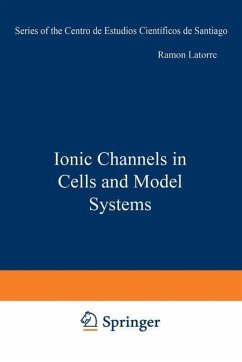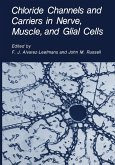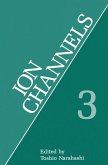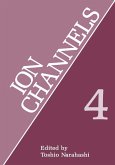This book is based on a series of lectures for a course on ionic channels held in Santiago, Chile, on November 17-20, 1984. It is intended as a tutorial guide on the properties, function, modulation, and reconstitution of ionic channels, and it should be accessible to graduate students taking their first steps in this field. In the presentation there has been a deliberate emphasis on the spe cific methodologies used toward the understanding of the workings and function of channels. Thus, in the first section, we learn to "read" single channel records: how to interpret them in the theoretical frame of kinetic models, which information can be extracted from gating currents in re lation to the closing and opening processes, and how ion transport through an open channel can be explained in terms of fluctuating energy barriers. The importance of assessing unequivocally the origin and purity of mem brane preparations and the use of membrane vesicles and optical tech niques in the stUGY of ionic channels are also discussed in this section. The patch-clamp technique has made it possible to study ion channels in a variety of different cells and tissues not amenable to more conven tional electrophysiological methods. The second section, therefore, deals with the use of this technique in the characterization of ionic channels in different types of cells, ranging from plant protoplasts to photoreceptors.
Dieser Download kann aus rechtlichen Gründen nur mit Rechnungsadresse in A, B, BG, CY, CZ, D, DK, EW, E, FIN, F, GR, HR, H, IRL, I, LT, L, LR, M, NL, PL, P, R, S, SLO, SK ausgeliefert werden.









